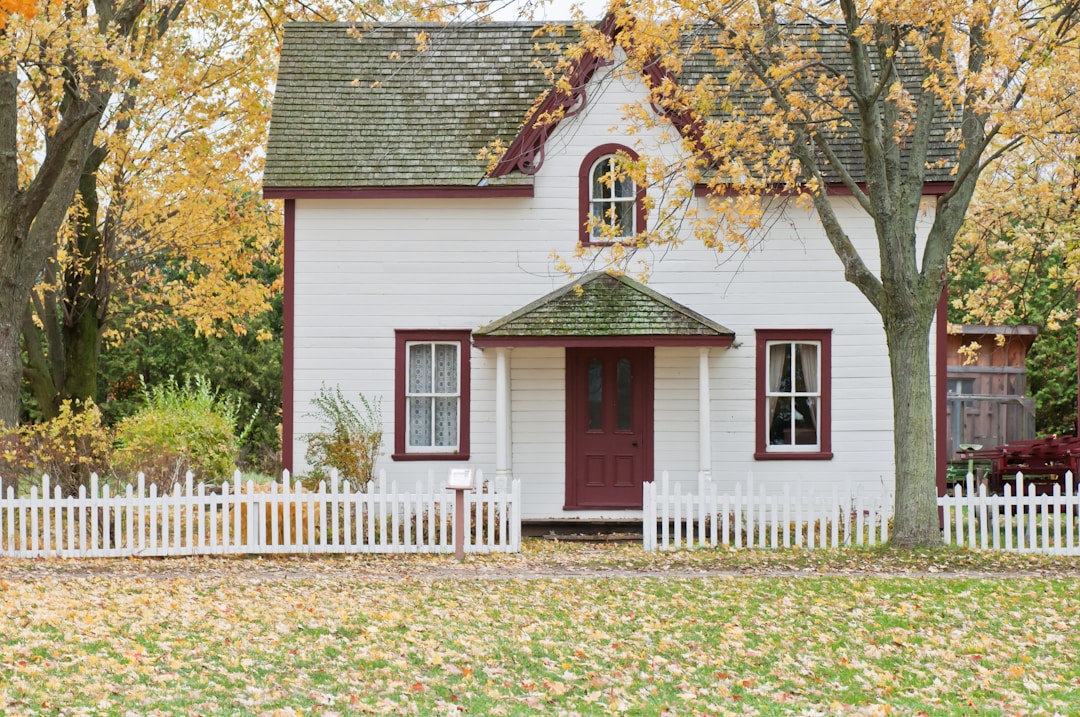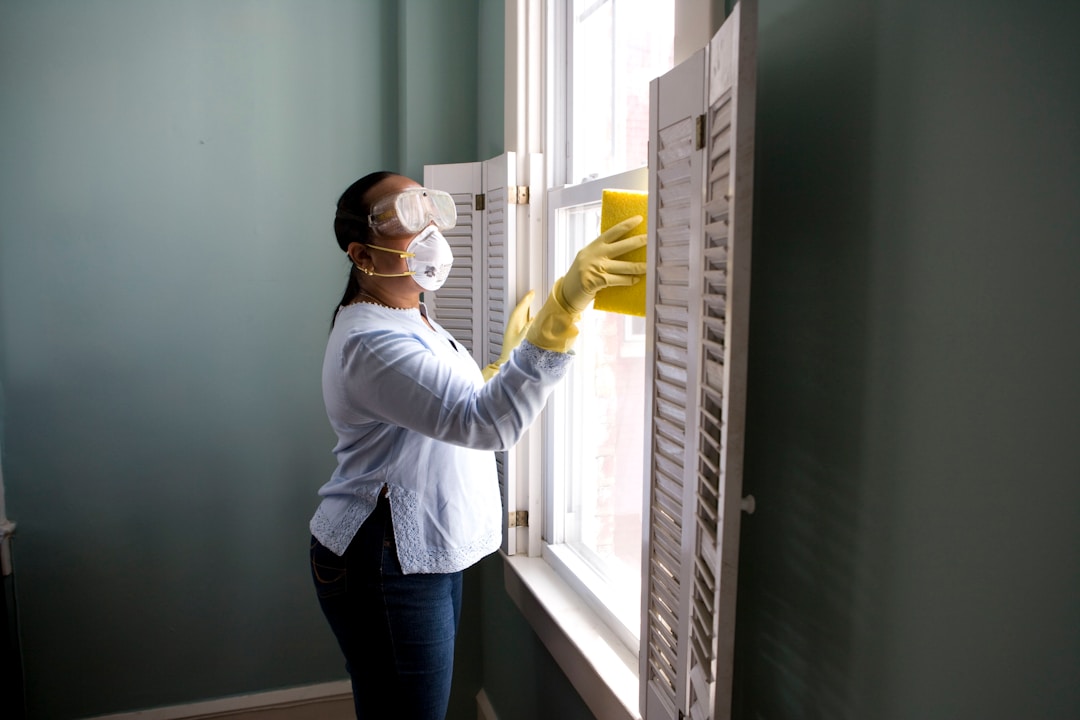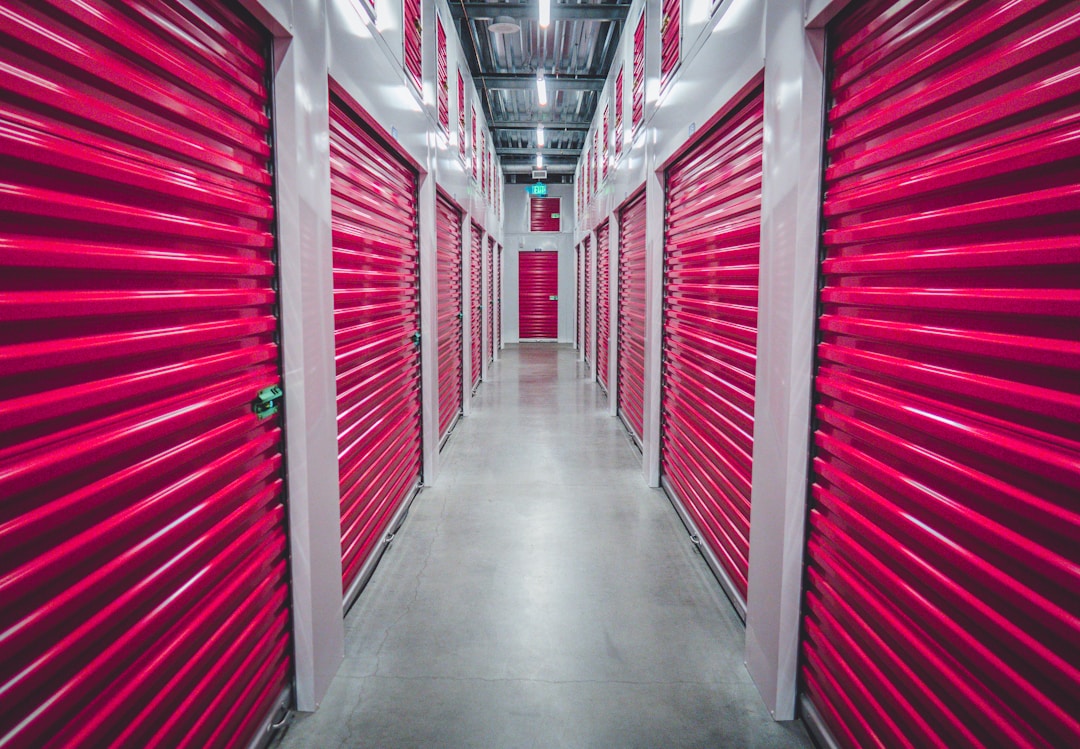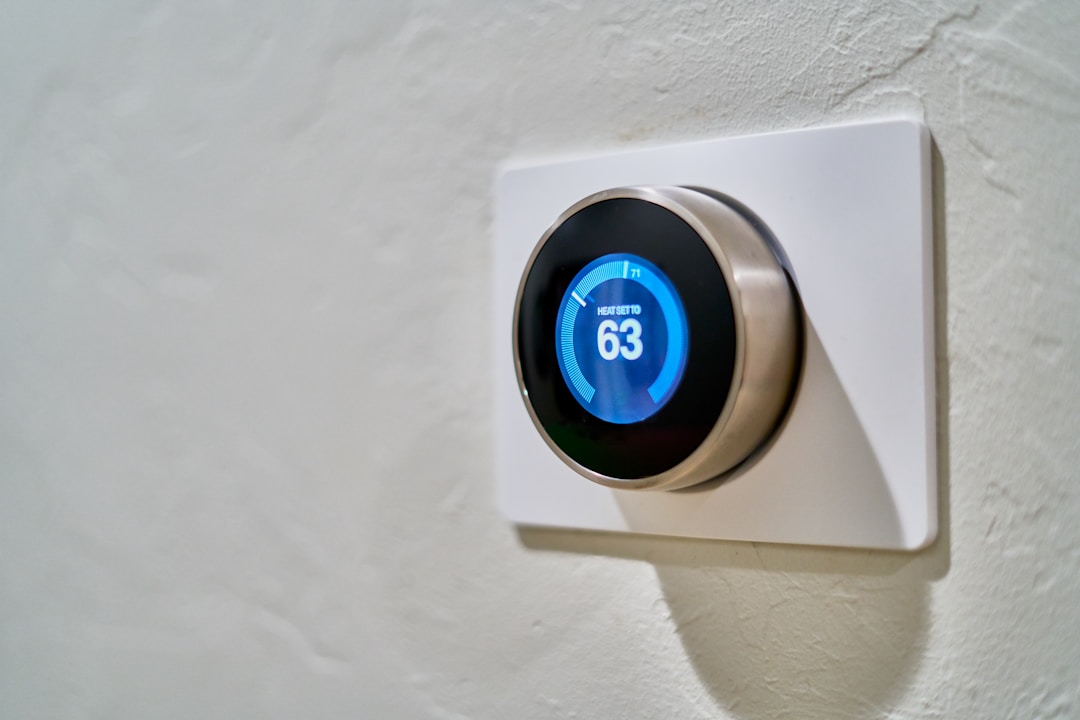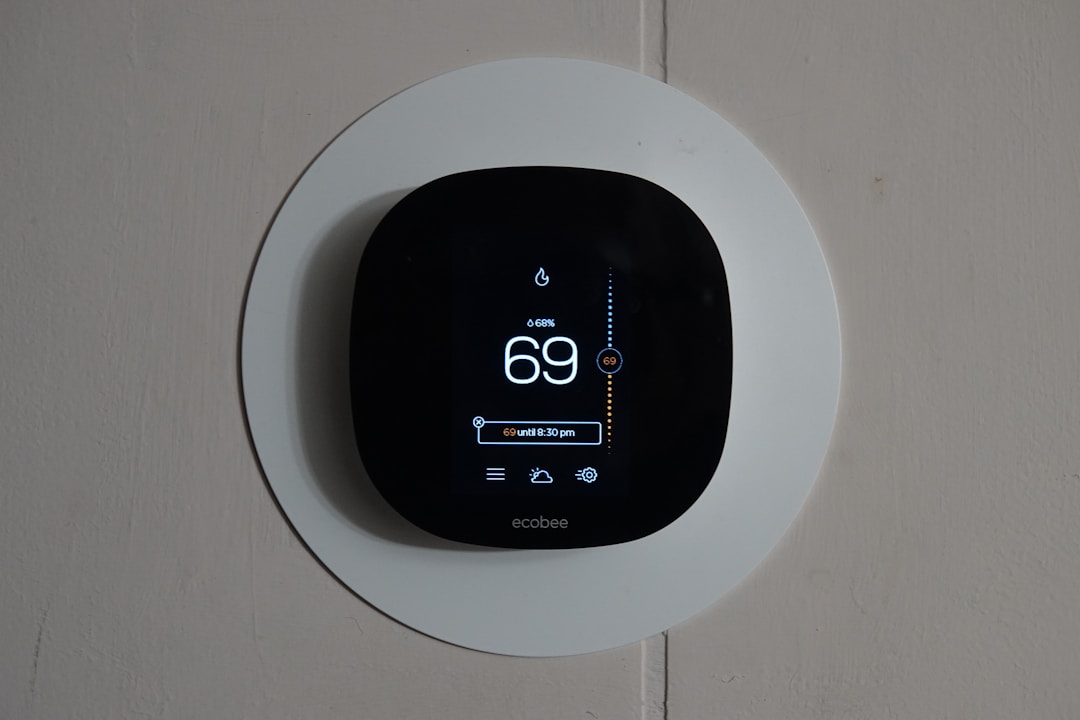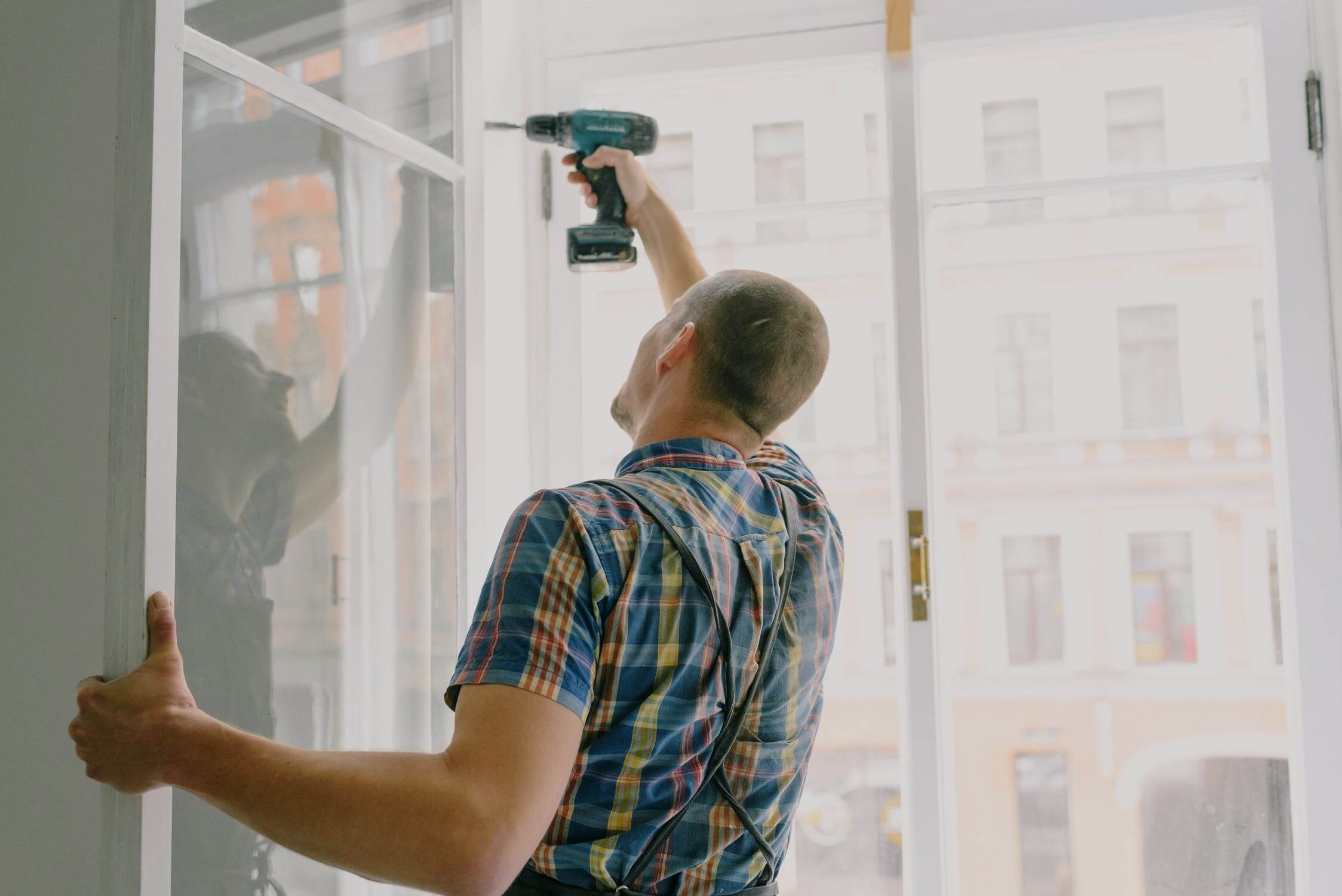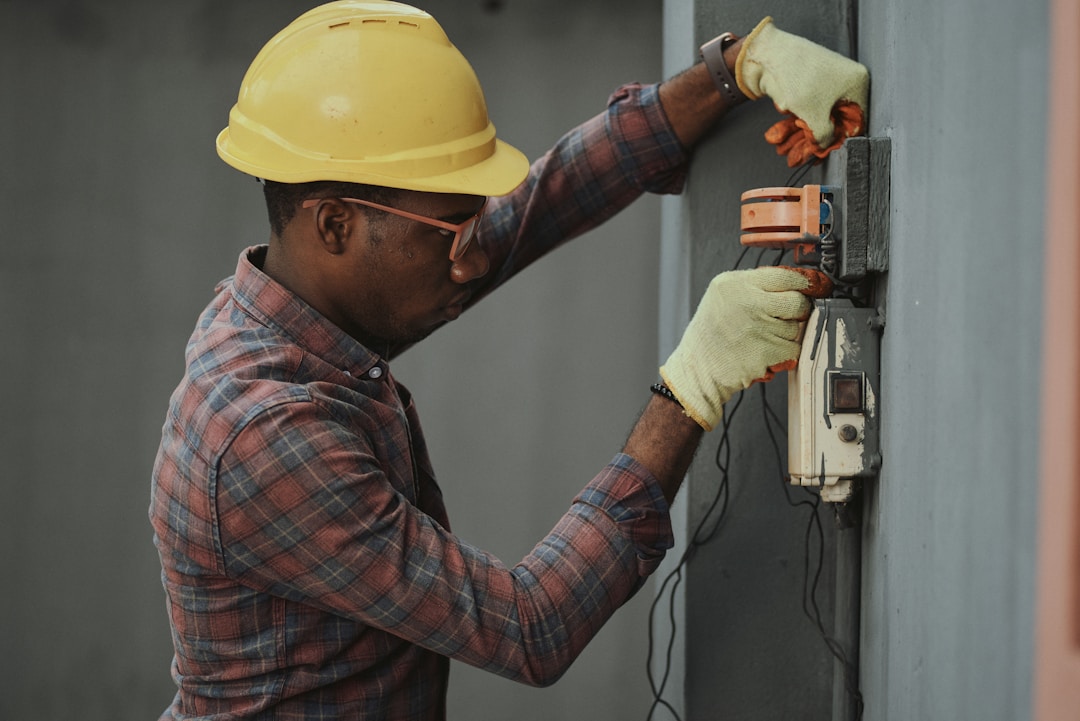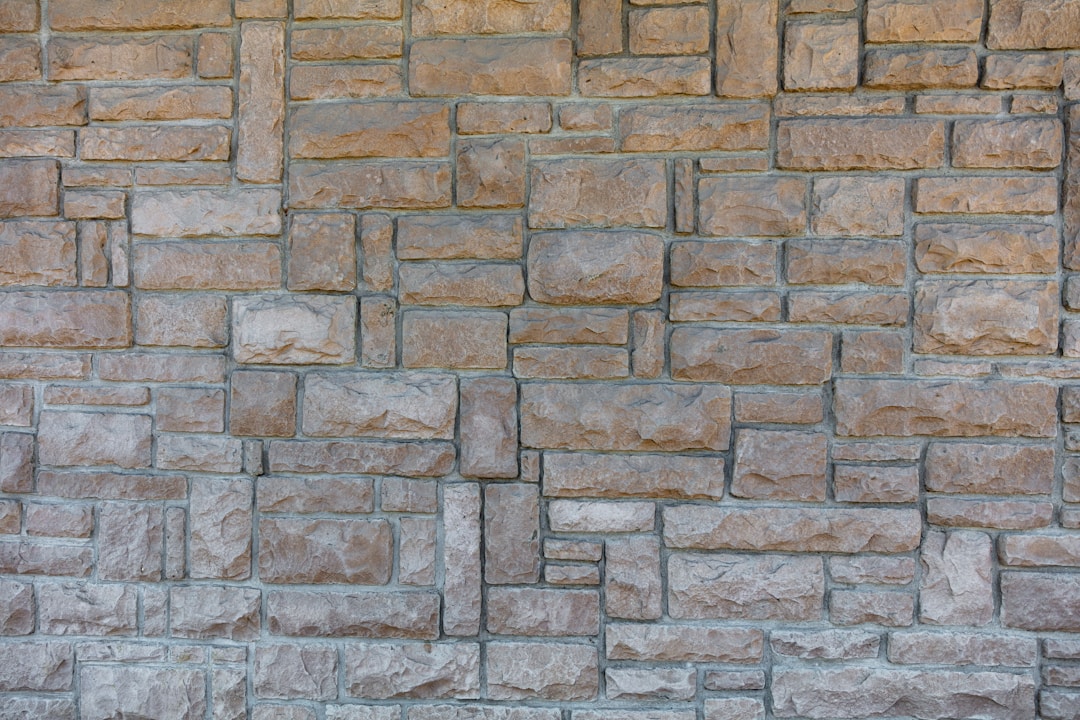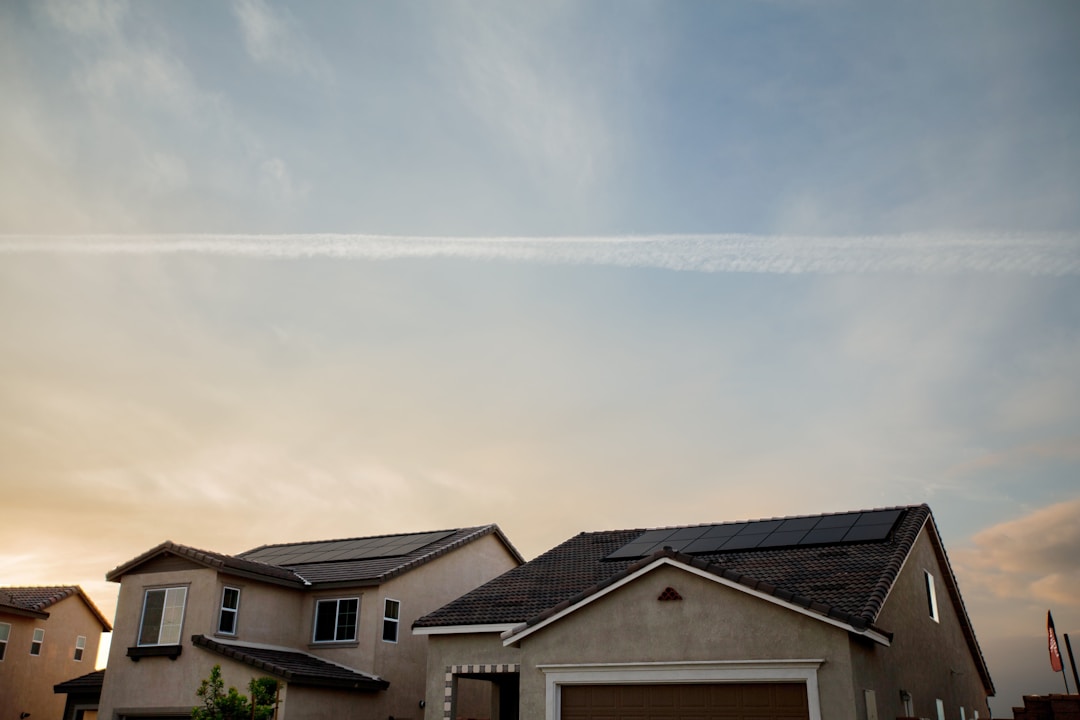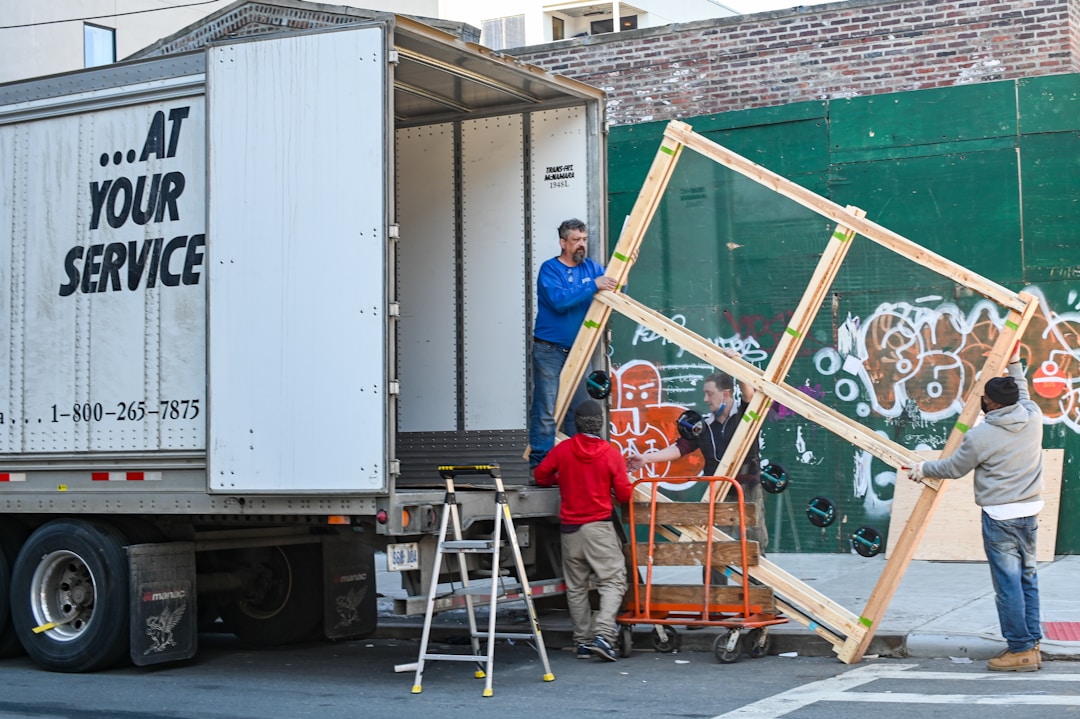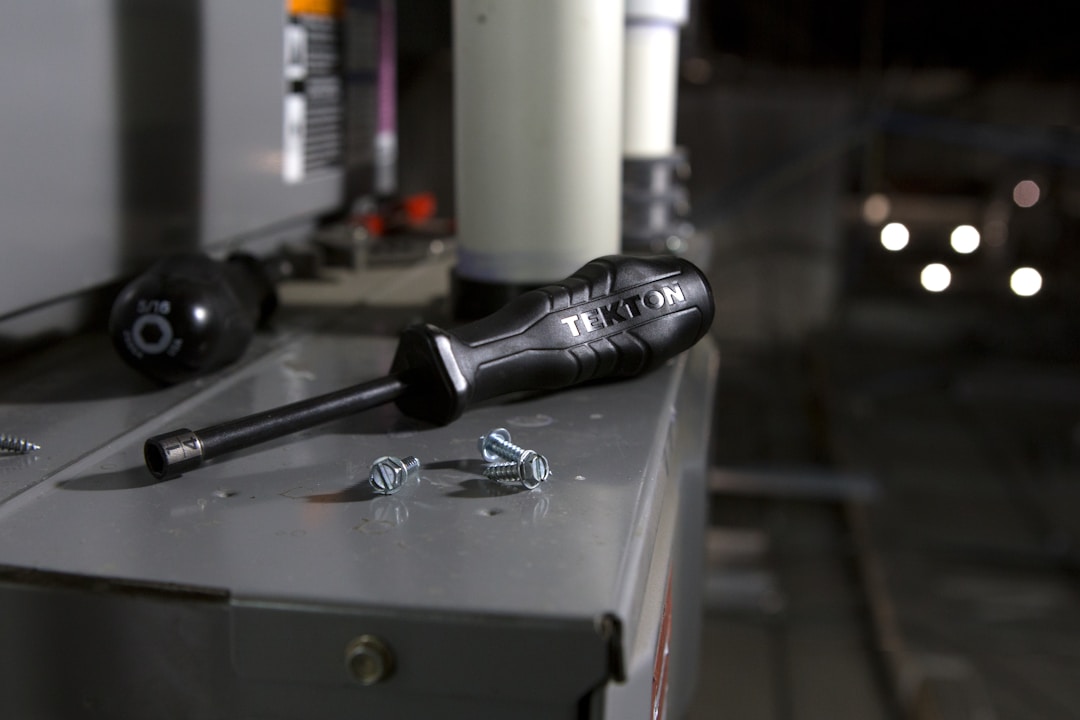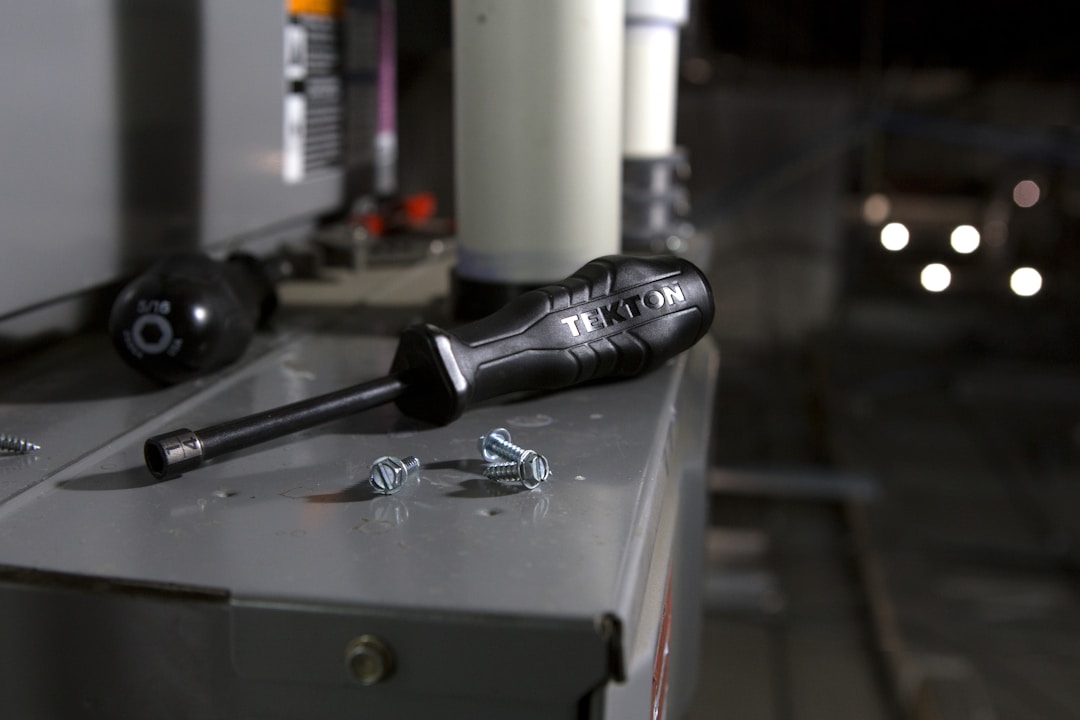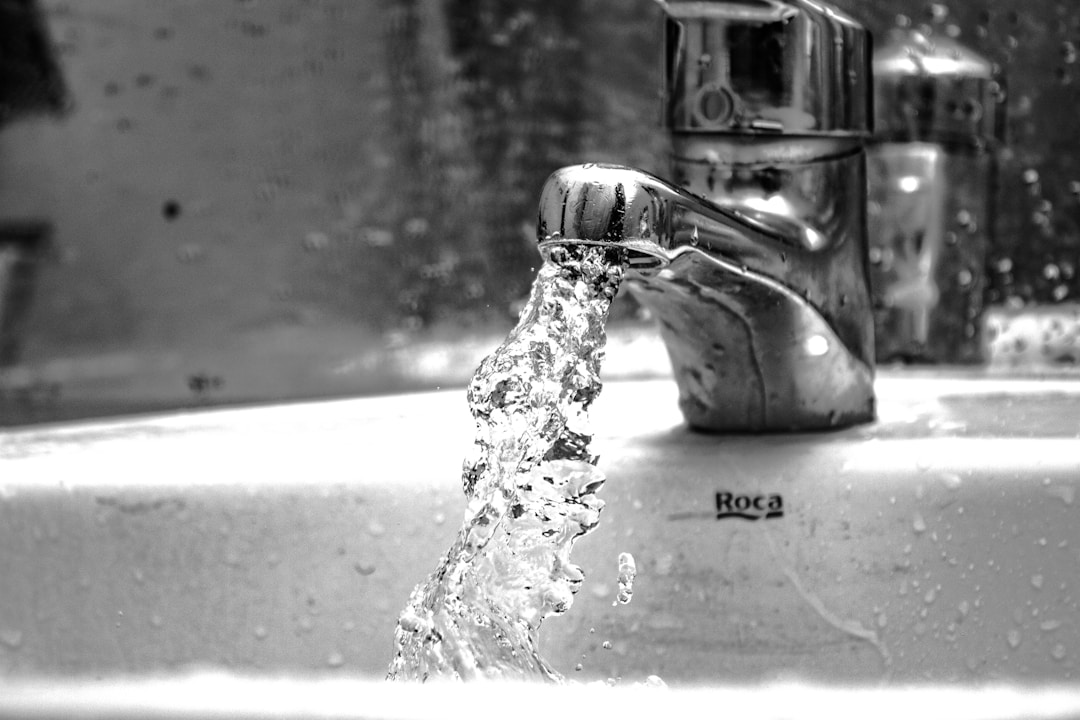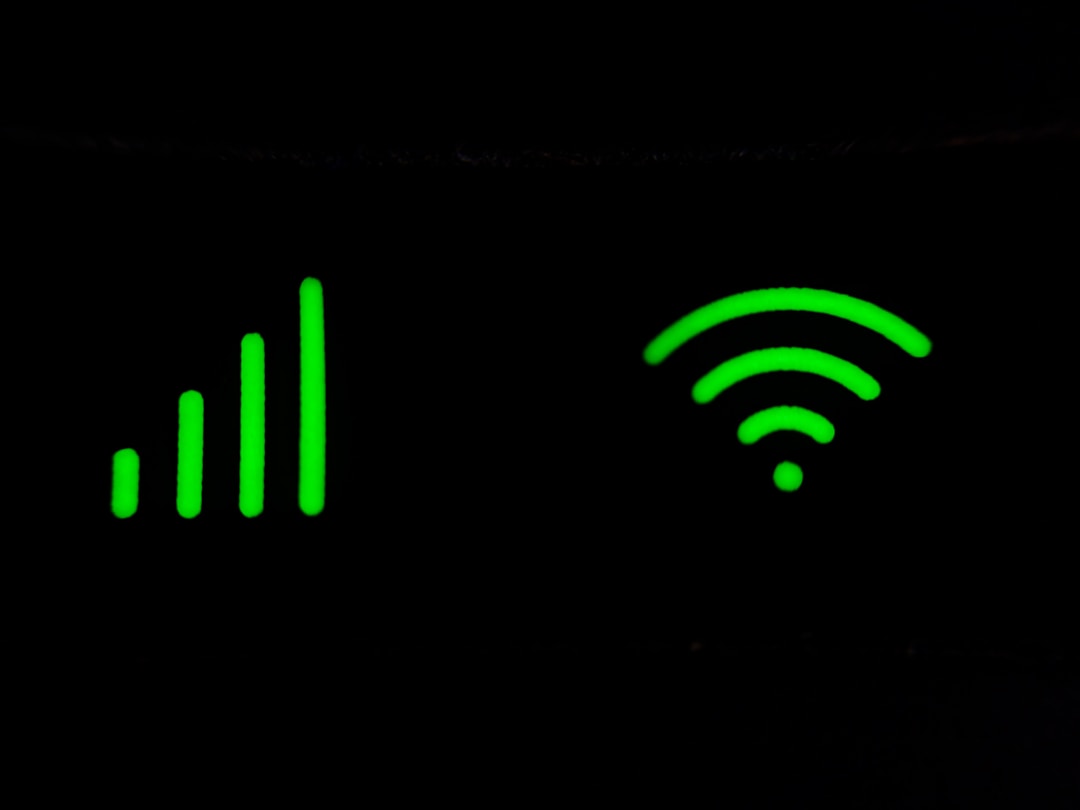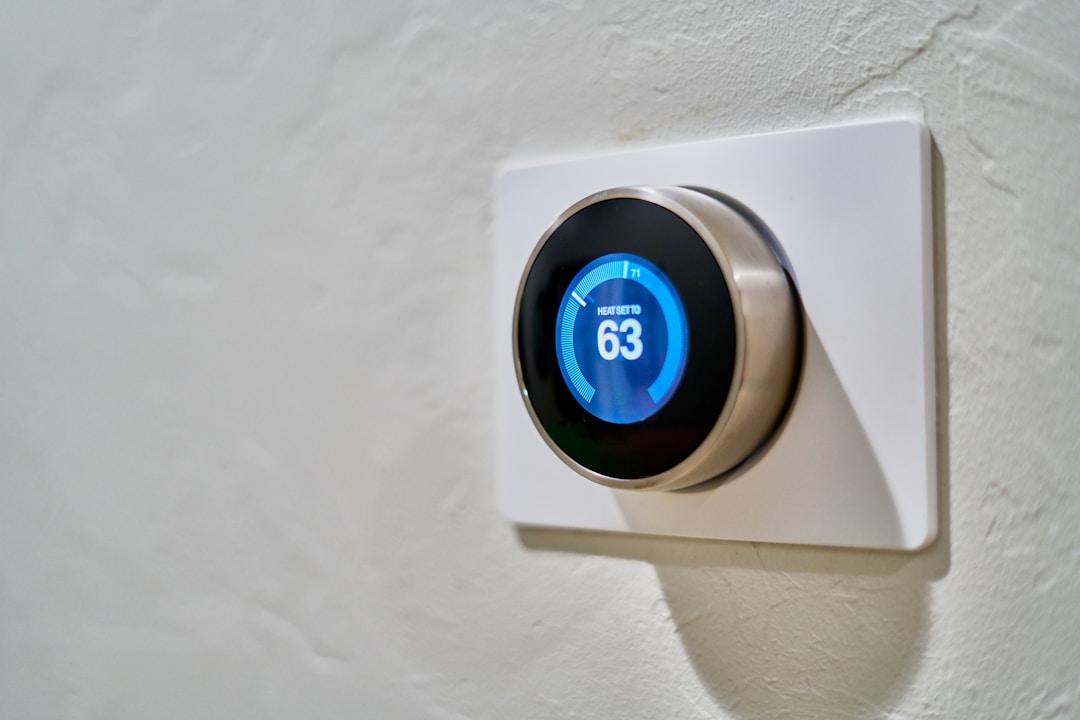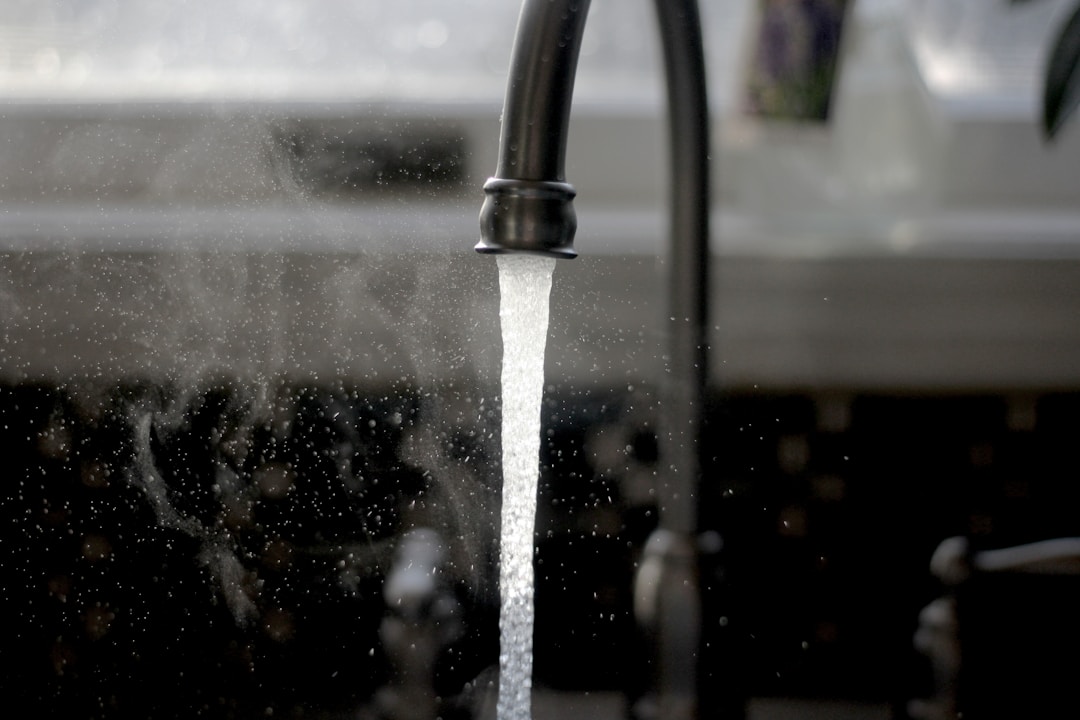Given how important indoor air quality is, it isn’t discussed enough by homeowners. Ensuring that you have clean air in your home should be a priority for a number of reasons. The most obvious, and most important, is that it can have serious consequences for your health and wellness if you’re exposed to air pollution on a regular basis. Even limited exposure is enough to cause health problems, especially for anyone who suffers from asthma or allergies. Anyone with health conditions, especially if they’re respiratory, should be doubly cautious about their indoor air quality. If you want to create a healthier environment, read on to learn more about how you can protect the quality of the air in your home.
Why is air quality important?

You might be wondering why air quality is so important or what the effects of poor indoor air quality can be. While there isn’t much you can do to improve the quality of the air outside, it’s essential that you maintain clean and breathable air at home. Breathing in polluted air has been linked to a number of negative side effects, ranging from uncomfortable to potentially fatal. Some symptoms include nausea, headaches, sore throat, and difficulty breathing. Air pollution can also trigger allergy and asthma attacks.
Poor indoor air quality is also linked to more serious illnesses, including lung cancer, and it can cause complications for those already dealing with respiratory illnesses or heart problems. Given that heart disease is the leading cause of death in the United States, it’s important to make sure you aren’t worsening your health by breathing in dirty air.
Common household irritants include pollution, unpleasant odors, pollen, mold, mildew, and pesticides. There are a number of ways homeowners can reduce the presence of contaminants like these, though it may require making an investment in your appliances and home systems.
What can you do to improve your indoor air quality?
Your HVAC system is often your first line of defense against air pollution. Keep a lookout for any indications that your HVAC is in poor condition and for signs that indicate you need a new thermostat. If you do need a technician to inspect or repair your HVAC, reach out for professional help as soon as you notice the issue. Letting problems worsen until they cause a breakdown can be both dangerous and incredibly expensive.

It’s also essential that you maintain your HVAC system properly. Most systems need to have the filter changed every 90 days and require an inspection at least once annually. If you notice your system isn’t operating at peak efficiency and it’s over 10 years old, it may be time to replace it entirely. If your HVAC isn’t operating at peak efficiency, your home is likely to have inadequate air filtration.
A true HEPA air purifier is also a great idea for anyone who wants cleaner air. When looking for an air purifier, make sure the purifier you buy is adequate to cover the number of square feet in the room where you place it. You can even purchase an air purifier with a display that shows air quality levels and that is capable of adjusting fan speed in real time.
Most of us know that clean air is important, but many people aren’t aware of the serious side effects that go along with living in a space with poor indoor air quality. Taking steps to keep the air in your home breathable is necessary if you want to keep everyone in your household safe. Your HVAC system can filter out a lot of pollutants, but only if it’s fully operational and well-maintained. If you want some extra protection, look for an air purifier for rooms where you spend the most time. It can take some work to improve your air quality, but it’s worth the investment if you want to create a healthier home.



